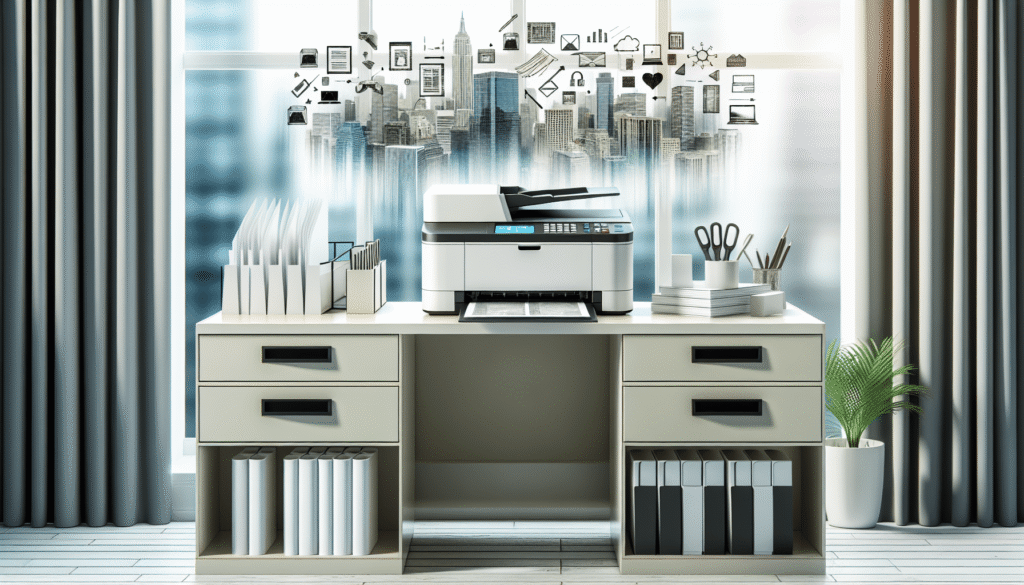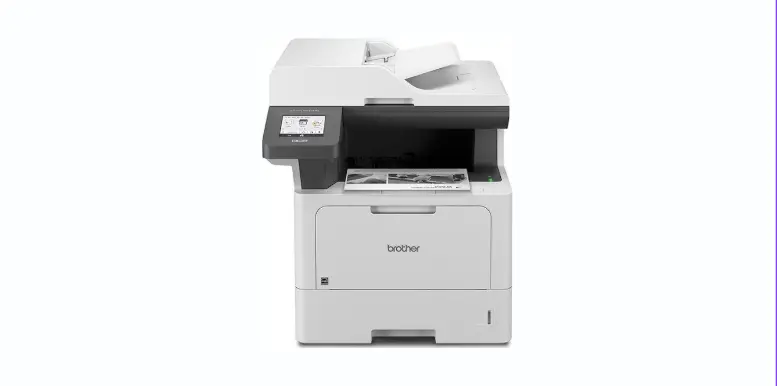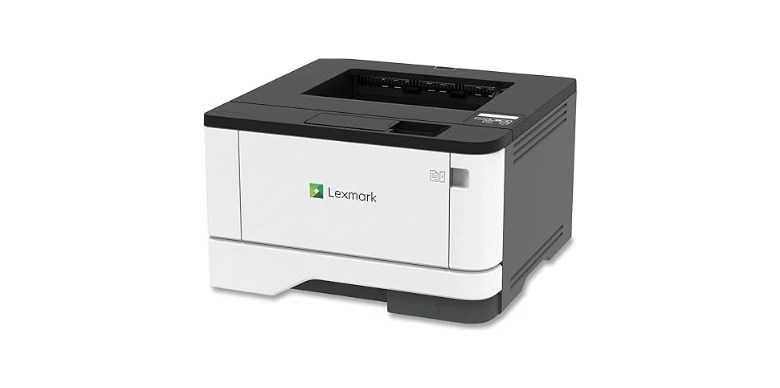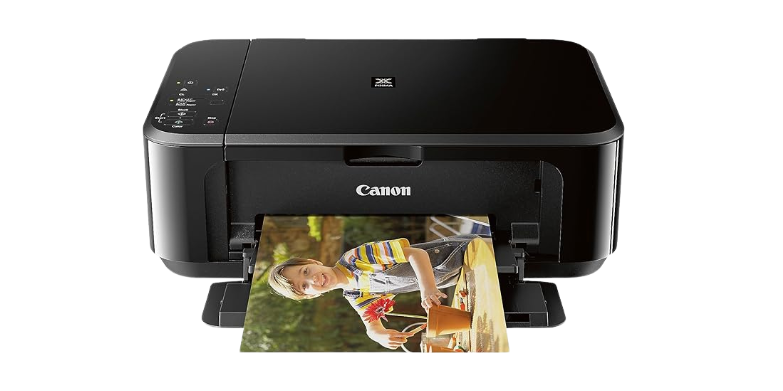Have you ever wondered what it takes to keep your laser printer running smoothly? Like any other piece of technology, a laser printer requires a bit of TLC to ensure it delivers that crisp, spotless print when you need it most. Unfortunately, many folks overlook this, leading to paper jams, streaky prints, or worse—printer downtime just when you’re pushing a deadline.

Understanding Your Laser Printer
Before we roll up our sleeves and get into the nitty-gritty of maintenance, let’s chat a bit about what makes up a laser printer. At its core, this nifty device uses laser technology to produce text and graphics. Unlike inkjet printers that spray drops of ink onto paper, laser printers use static electricity and toner—a fine, powdery substance—to transfer the text and images.
Key Components of a Laser Printer
Knowing the parts will help us in our cleaning and maintenance journey. Here are the main components you should be familiar with:
- Toner Cartridge: Holds the toner powder.
- Drum Unit: Transfers toner onto the paper.
- Fuser Unit: Bonds the toner to the paper using heat.
- Paper Tray: Where you load paper into the printer.
- Output Tray: Where the printed documents come out.
These components work in harmony to churn out page after page of printed matter. As much as they function seamlessly, a little care goes a long way in maintaining harmony.
Routine Maintenance: The Backbone of Printer Longevity
Just like my pet goldfish, laser printers need regular attention. I learned this the hard way when my goldfish (may it swim in peace) met its untimely demise. But I digress; let’s stick to printers.
Weekly Maintenance
- Check for Firmware Updates: Just like updating your phone, keeping your printer’s software updated can solve potential issues you didn’t even know were there.
- Inspect for Paper Jams: Take a peek at your printer to ensure no stray bits of paper are stuck in its innards.
- Empty the Output Tray: It’s easy to let papers pile up, and this can cause overflow and jam new prints.
Monthly Check-Up
- Clean the Paper Feed Rollers: Use a lint-free cloth lightly dampened with water to clean the rollers. This prevents feeding issues.
- Dust the Exterior: Wipe down the exterior with a microfiber cloth. Dust can sneak into small openings, causing internal problems if ignored.

Deep Cleaning: When Regular Care Isn’t Enough
Despite our best intentions, sometimes our trusty printers need more than just a pat on the back. This is when a deep clean comes in handy.
Cleaning the Interior
- Turn Off and Unplug: Safety first! We don’t want to be electrocuted.
- Remove the Toner Cartridge and Drum Unit: Be gentle; pretend you’re handling fragile antique dishes.
- Use a Vacuum Cleaner Specifically for Electronics: This helps to suck up residual toner or dust that’s been having a fiesta inside your printer. Regular vacuums can damage parts because they’re not designed for such delicate equipment.
- Wipe Down with Isopropyl Alcohol: Dip a cotton swab in isopropyl alcohol to clean any residual toner off the corona wire (located in the drum unit). Be careful not to damage the wire.
- Reassemble with Care: Once everything is looking spiffy, gently place the drum unit and toner cartridge back in their slots.
Preventing Static Electricity
A lesser-known fiend known as static electricity can wreak havoc on your laser printer’s printing quality. Here’s a quick way to reduce static electricity, which often causes paper jams:
- Avoid Overloading the Paper Tray: Too much paper can cause the tray to press down too hard, creating friction and static.
- Consider Humidity: Extremely dry or humid environments can exacerbate static. A dehumidifier or humidifier can help balance the environment.
Replacing Your Printer Parts: Embrace Change
Even with the best care, some components have a shelf life. Changing parts might feel like a burden, but it’s essential for prolonging the life of your printer. Here’s a simplified table to guide you:
| Component | Recommended Replacement Frequency |
|---|---|
| Toner Cartridge | Every 2,000 – 5,000 pages |
| Drum Unit | Every 10,000 – 15,000 pages |
| Fuser Unit | Every 30,000 – 50,000 pages |
- Toner Cartridges: Your printer will usually alert you when it’s low on toner. Be proactive and have a spare on hand.
- Drum Unit: This should be replaced when you notice smudges or marks on your prints that persist after cleaning.
- Fuser Unit: If pages are coming out wrinkly or with a time-stamped impression from the fuser, it’s time to replace it.
Troubleshooting Common Issues: Don’t Panic
I’ll admit, printers can be temperamental. Much like trying to understand a cat’s mood, deciphering printer issues can be perplexing. However, with a little patience, most problems can be fixed at home.
Paper Jams
To sort out a paper jam:
- Turn Off and Unplug the Printer: Avoid any accidents.
- Open All Panels: Follow the path of the paper to find the blockage.
- Gently Remove the Jammed Paper: Tug slowly to avoid tearing.
Streaky or Blotchy Prints
- Check the Toner: Sometimes, shaking the toner cartridge (gently, mind you) can redistribute the toner evenly.
- Inspect the Drum Unit: If it’s dirty, give it a clean as per the earlier section.
Connectivity Issues
For those times when the printer just refuses to handshake with your computer:
- Check USB/Network Cables: A loose or damaged cable is often the culprit.
- Reboot Devices: A turning-it-off-and-on-again situation often works wonders.
Error Codes
Your printer might display error codes more cryptic than hieroglyphics. Usually, the manual or a quick online search for the specific code can clear up confusion. The manufacturer’s website can also be your best friend for these situations.
Best Practices for Proactive Maintenance
An ounce of prevention is worth a pound of cure, as the saying goes. Maintaining a diligent routine with your printer can save both time and money. Here are a few parting tips:
- Environment Matters: Keep your printer away from windows. Direct sunlight can cause parts to warp, and stray raindrops can intrude.
- Use Quality Paper: Cheap paper can shed paper dust, which accumulates inside the machine.
- Print Regularly: Even if you don’t have documents to print, running a test page every so often prevents parts from stagnating.
With these strategies, you can extend the life of your printer and perhaps make it love you back (yes, even machines can sense love, I believe).
Final Thoughts
Caring for a laser printer isn’t unlike looking after a prized possession, or a particularly finicky pet. Give it your time and care, and it will repay you by churning out flawless documents when you need them. These simple yet effective maintenance practices ensure that your relationship with your printer is a long and fruitful one, devoid of hair-pulling and stress-induced rages. Remember, printers have feelings too—or at least, that’s what I tell mine.


